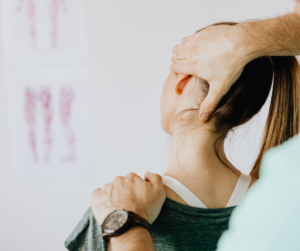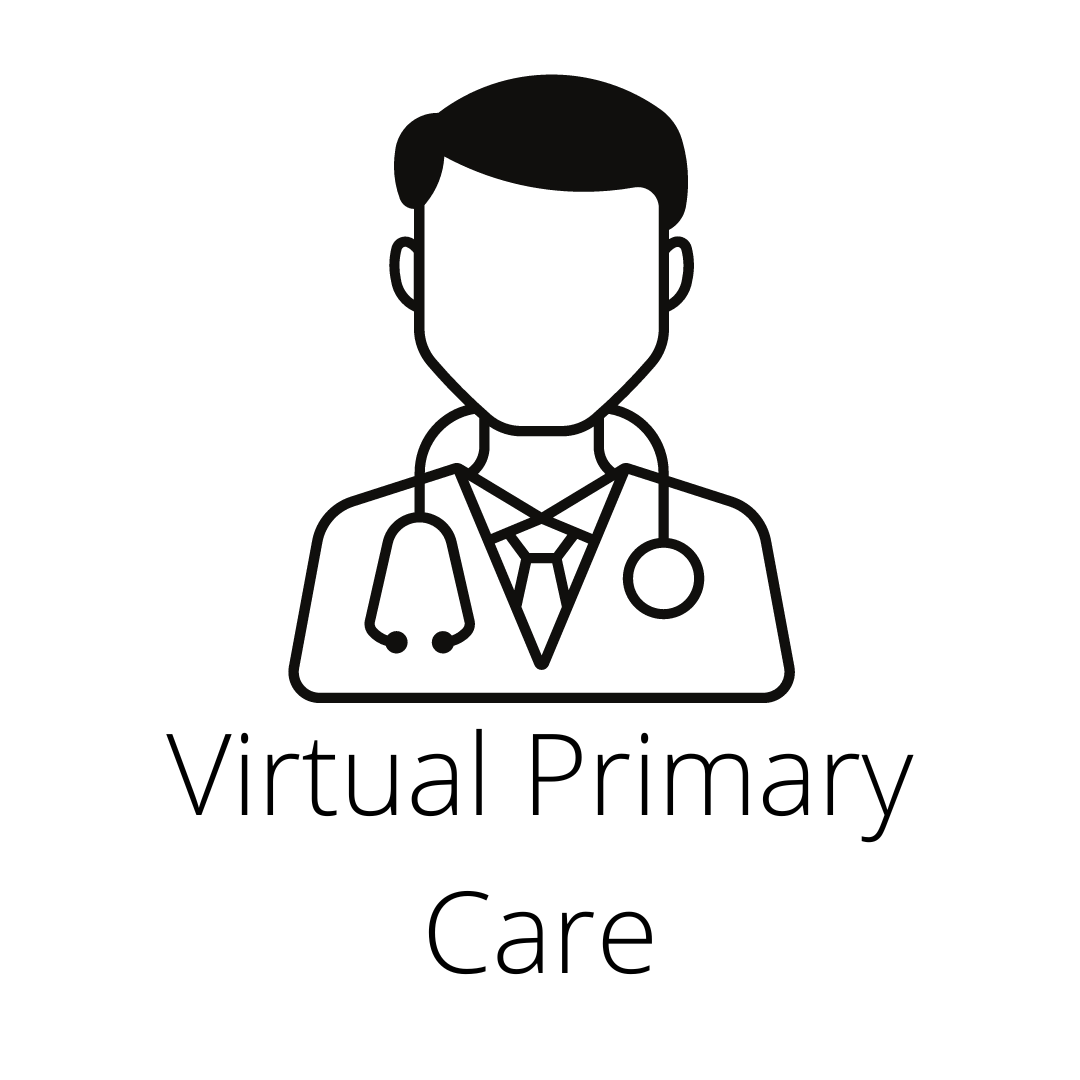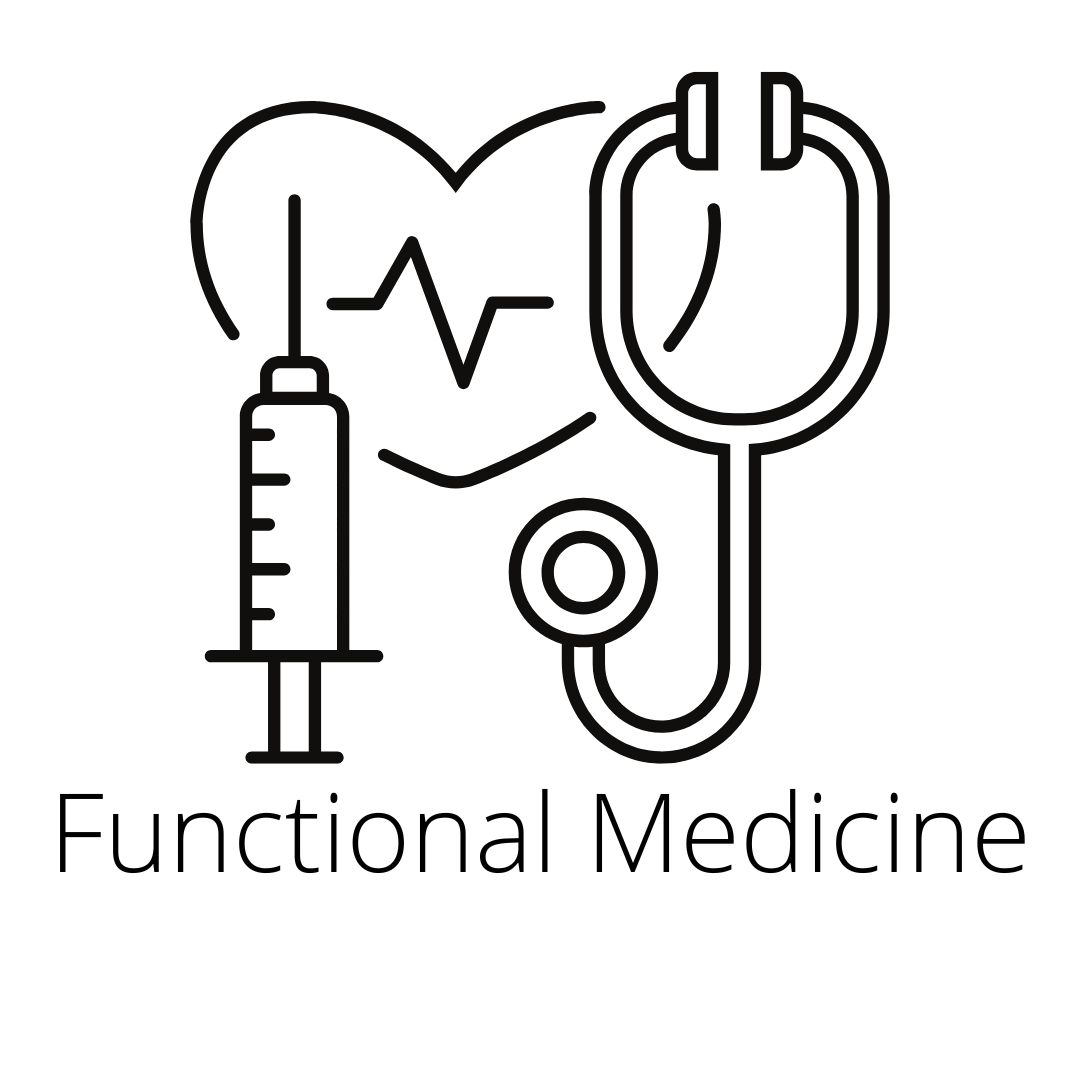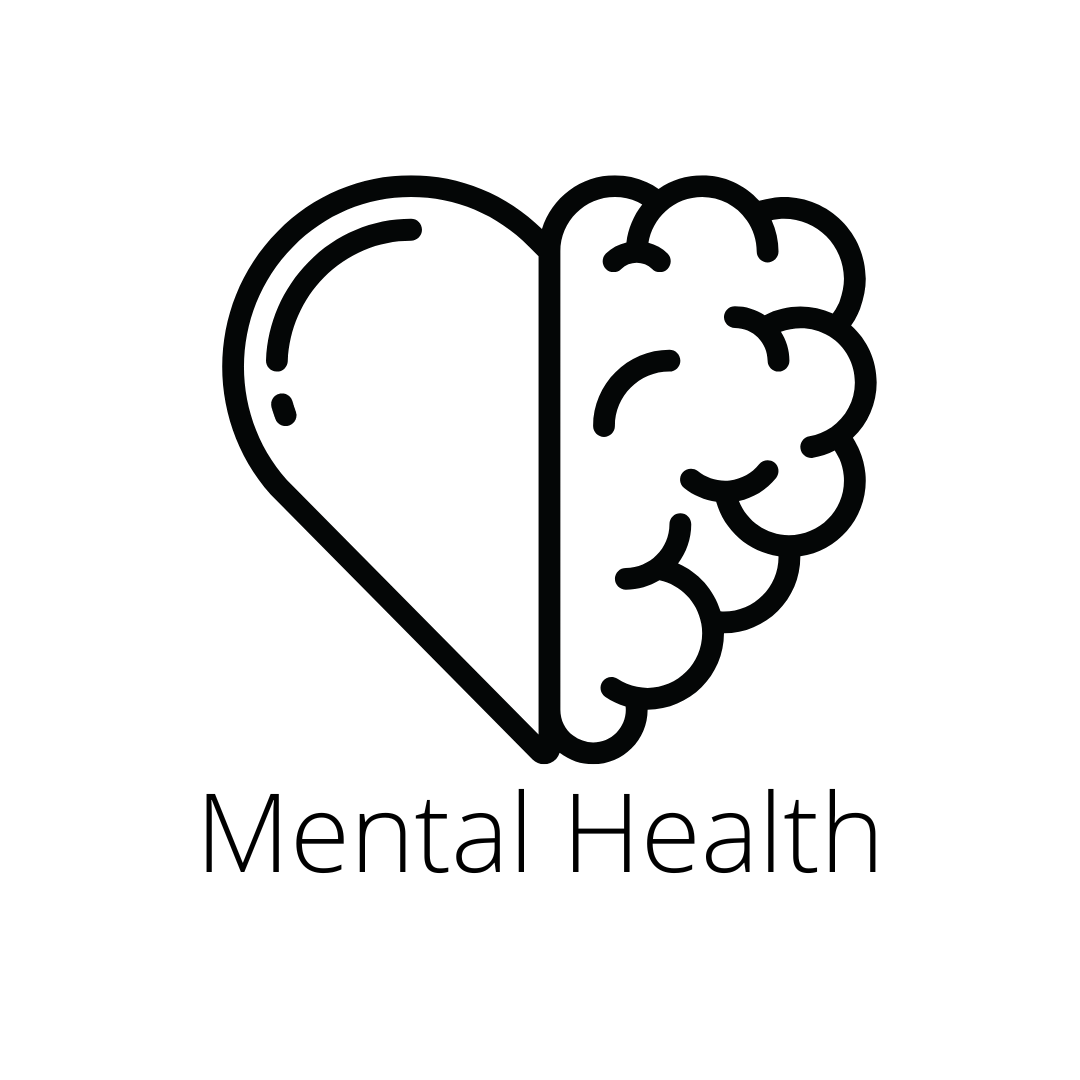
Better Solutions to Chronic Pain
Have you suffered from chronic pain? Have you been frustrated after going to different doctors and not getting much relief?
Chronic pain can be a terrible thing to live with. Anyone who has suffered with it will tell you about how devastating this can be.
I am a doctor, but before I went to medical school I suffered with chronic pain for many years. I know how it can feel to wonder whether you are going to be able to do your job or enjoy the activities in your life, or what it is like to have to carefully limit yourself. I have had the experience of going to multiple doctors as a patient without getting much help. I personally tried a number of alternative medicine approaches as well as the standard therapies.
Chronic pain can be a difficult problem to treat. There is usually no easy solution but there is almost always a way to improve symptoms. The most important thing is to not give up and to keep trying different approaches until something works. Remember, if you keep doing what you are doing right now, you will keep getting the same results. Many times people feel they are “just getting old” and nothing can be done about pain. Pain should not be a normal part of the aging process and it does not need to be accepted as inevitable. Even if it cannot be completely cured it can almost always be improved. Other times people may feel that they have done something to permanently damage their body, perhaps a slipped or herniated disc in the back, or some other injury. In some relatively unusual cases, it may really be true that there is nothing to be done. However, in most cases significant improvements are possible. Don’t give up just yet! The best treatment for chronic pain is almost always a multifaceted approach. Many times patients are limited by what kind of healthcare practitioner they visit. Some doctors will focus entirely on a medication approach or a surgical approach. If patients do not want that they may visit a chiropractor or some other type of alternative health practitioner, who will have a single approach as well. This can definitely be a situation where if all one has is a hammer every problem looks like a nail. I believe that each situation is unique and requires a mix of approaches. As a primary care physician, I have the full complement of medical treatments available including medication, physical therapy, surgery, injections, and other options. As someone who personally has a history of chronic pain, I also have a better intuitive grasp for the diagnosis of the causes of pain and enough personal experience to recommend when alternative medicine approaches may be beneficial. As a primary care physician, I have no particular horse in the race, so I am not biased towards any particular mode of treatment. For the best possible pain treatment I try to give patients a menu of options with different approaches. In the sections below, I will discuss the different approaches and where I think they might be most helpful. I would divide treatments for pain into the following rough categories: Medications All of these different approaches have strengths and weaknesses in particular situations. I try to provide the best mix of therapies in each unique patient situation. The quickest and easiest fixes for pain, as everyone knows, are medications. This includes everything from the common over-the-counter medications to narcotics with many options in between. Generally, almost anyone who has suffered with chronic pain has already tried several different medications, usually with only limited relief. Narcotic medications are particularly dangerous because they add physical and psychological addiction. A person can start with true pain and take some of these medications for short-term relief, but become dependent on the medications. I have seen this happen with as few as 50 tablets, with a person who told me that he would never become addicted to pain medication because he is not that type of person. I sometimes prescribe narcotic medications in certain situations but rarely consider them a good option. I know that almost everyone considers themselves to be “not an addictive personality” or “not the kind of person who would get addicted”. Nearly 100% of patients who ask me for pain medicine tell me this. As a doctor, I have to face the reality that statistically speaking, a significant percentage of people are wrong when they believe this about themselves, and there is a high probability that they will get addicted if I prescribe them narcotic pain medication. It is not possible for me to predict who will and who will not. Nevertheless, there are certain limited situations where narcotics of various types may be appropriate. There are other prescription medications such as gabapentin, SNRIs, and muscle relaxers that are sometimes useful. Physical therapy and therapeutic exercises are the categories that demand the most from a patient. It requires a person to actually do sometimes difficult exercises for a period of time, and perhaps continue to do them indefinitely. However, therapeutic exercises have the advantage of being one of the therapies most likely to fix the root problem of chronic pain. They have the potential to return the body to a truly healthy state. Low back pain is a good example. This is an extremely common affliction that many people suffer from. Very frequently it is a result of weak abdominal and core muscles resulting from too much sitting over a period of years. This allows the spinal column to be subtly bent out of alignment, irritating the spinal cord and spinal cord nerves, causing pain. In a person suffering from this, it is easy to see how medication could cover up the root problem and allow it to get worse. By contrast, if the person does the appropriate therapeutic core strengthening exercises, the spinal column can be restored to its original shape. This actually restores the person’s body to full normal health, as if they had never been in pain in the first place. Sometimes people with troubles like this end up getting back surgery. Surgeons do the best they can to avoid inappropriate surgery, but it does sometimes happen. Someone who could have fixed the problem with exercises may end up with a spinal fusion and hardware in their back. This may or may not actually fix their pain and it makes it much more difficult to pursue any other approach in the future. Sometimes people say “but I already exercise a lot, I don’t need to do more exercises!” The question is not how much general exercise a person does but whether they do the specifically targeted exercises to fix the problems in their body alignment. Just doing other sorts of exercises will not help. Therapeutic exercises, either alone or with the help of a physical therapist, should be a part of any chronic pain plan, and frequently are the most important part. A good diagnosis is critical for these to work. This category would include practices such as Pilates or Yoga. As a Catholic, I do not encourage the spiritual aspects of yoga, but I think the physical practices can be extremely beneficial. If a person is willing and motivated enough, I suspect that most chronic pain problems can be resolved this way. This category also includes relatively simple practices such as stretching, nerve glide maneuvers, and other approaches to release tight muscle or fascia tissue. This can be an art in itself with many different approaches; entire books have been written about appropriate stretching techniques. Manual therapies generally include all types of therapies where a practitioner works directly on the patient’s body without doing surgery. It includes chiropractic, massage therapy, osteopathic manipulation, movement training, and other related practices. Manual therapies can accomplish many of the same goals that therapeutic exercises do. If the root problem is tight muscle and fascia tissue, it can be addressed either by stretching exercises or by manual therapies. Manual therapies have the virtue of being very easy for the patient but they tend to be more expensive. Manual therapy for pain is far more of an art than a science. It is very difficult to study scientifically. However, it is very frequently helpful for chronic pain. Surgery is the most aggressive and risky treatment for chronic pain. Its effects are always permanent one way or the other. Sometimes it is necessary. Sometimes it can be essentially a temptation to an easy fix. The surgical option can appear to be like taking a person’s car to the mechanic; you pay some money, wait for a while, and it comes back as good as new. Surgery may improve the pain, it may not affect it, and it may make the pain worse. I have personally seen patients who have had multiple surgeries for pain, ended up worse than they started, and then been told that no surgeon will touch them at this point. Surgery should always be a last resort for pain control. However, in certain circumstances, it is also essential. The difficulty always lies in identifying these cases. Somewhat less risky than surgery are the category of injections. Usually, these involve the use of a steroid of some kind. Sometimes by injecting a steroid right into the problem area, we can calm it down and enable natural healing to take over. In some cases, steroid injections can make things worse by causing the tissue to degenerate. Injections should generally be one of the last resorts after more conservative and safe measures have been tried. As with surgery, I try to encourage people to avoid the temptation to believe that this is an easy solution. There are certain situations where it is a good solution. Sometimes injections result in a permanent improvement, frequently they wear off after some weeks or months. Some work environment adaptations and upgrades can help improve the pain you are experiencing. This might be a different chair, a different keyboard, a new desk, or new equipment. This can be a complicated field and may require the services of an occupational therapist. Generally, however, if you have a desk job, you should be comfortable where you are sitting. You should sit comfortably upright most of the time but change positions during the day. You should take breaks every 1-2 hours to get up and walk around. You should take more frequent breaks while performing tasks that are monotonous. At a computer, the keyboard and mouse should be in a comfortable position with your shoulders relaxed and your elbows at a 90° angle. For people whose job involves power equipment, it is difficult to say much in general. Make sure as much as possible that your body is comfortable and in a strong position when using tools and working. Avoid awkward motions, especially while lifting or moving heavy objects. If typing too much is your difficulty, consider using dictation software such as Dragon naturally speaking. Chronic pain frequently causes depression and/or anxiety. After all, when a person is in pain all the time, it can make it very difficult to find joy in life. Sometimes, however, the causation can run the other direction. A person may have chronic depression or anxiety, or other psychological issues, and these may actually cause physical pain. The mechanisms of this are not always clear. Sometimes psychological tension can cause a person to physically literally tense up their body. Trying to perform tasks with unnecessarily tense muscles can cause wear and tear on the body, eventually leading to pain. Tense muscles can restrict blood flow, causing a lack of oxygen in the tissues and leading to pain. Sometimes pain and depression/anxiety can create a vicious circle where they reinforce each other. Pain worsens depression and depression or anxiety then worsens pain. Psychological issues can be one of the most difficult parts of chronic pain to address. Frequently people do not want to hear that it is “all in their head”, that they are imagining their pain, or that they are making up their pain. They may feel a much greater sense of personal shame over having pain caused by psychological issues than over pain caused by physical issues. Sometimes physical pain can literally be a way to distract from psychological pain. If a person has thoughts or feelings that they do not want to deal with or cannot deal with, their mind and body may literally manufacture pain to give them a different thing to think about so they can avoid thinking about the spiritual or psychological pain they are experiencing. As a doctor, it can be extremely difficult to disentangle whether pain is 100% physically caused, 100% psychologically caused, or as is much more common, somewhere in the middle. What I try to do is encourage patients to press forward with treatments for both. We try our best to treat any physical causes that may exist. We also try to make sure that the patient gets the psychological treatment they may benefit them. There are some drugs that are particularly good for mixed cases, as they have both antidepressant/antianxiety effects, as well as effectively treating chronic pain. I strongly suspect that in some cases pain can have a spiritual component too. I would encourage anyone suffering from pain to work on their relationship with God in addition to all the other things. One thing I almost always recommend for chronic pain suffers is to try to find a way to do some cardio exercise. Cardio exercise releases positive endorphins and neurotransmitters. It is a natural treatment for depression and anxiety and also tends to diminish pain through the whole body. Obviously, whatever exercise you choose, is should not worsen the pain. There are a vast array of other therapies for chronic pain out there. A shortlist would include acupuncture, energy healing, traditional herbs, meditation, magnet therapy, homeopathy, and many others. Most of these have little or no scientific evidence. However, they still sometimes help people. Often this is attributed to the placebo effect but no one really knows. If the patient has failed to improve with everything else, there is little harm in trying some of these things if the patient wishes. When I was having chronic pain myself I tried most of them at one time or another. We should never neglect the power of prayer! I would encourage anyone with chronic pain to offer it up daily and ask God for healing as well as grace to bear the pain. When all else fails, remember that miracles are always possible. Seek the Sacraments and whatever other devotions are important to you. Ask others to pray for you, and pray for others who are also suffering pain. A common question patients have about pain is whether they need an x-ray, MRI, or other forms of imaging. These techniques can be invaluable in certain circumstances. I would caution patients, however, that they are frequently less valuable than people believe they are or wish they were. I often have patients say “I just want to know what is wrong!” This is very understandable, but it does not mean that imaging is going to tell us anything useful. It depends a great deal on the circumstances. For example, if someone has advanced arthritis in the knees, an x-ray will give a clear and definite diagnosis with a clear plan of treatment. However, if someone has low back pain, an x-ray is almost certainly going to be useless. An MRI is of greater use in soft tissue injuries, but it has its own problems. There have been studies where they have taken hundreds of people off the street with no pain and done an MRI of their back. Frequently, the MRI will uncover bone spurs, herniated disks, and other abnormalities, except that these people have no pain. It leads to the question of whether these kinds of physical flaws actually cause pain in a person with pain or if they are merely incidental findings that lead us in the wrong direction. An MRI is certainly of great use if surgery is expected, to show a surgeon clearly where they will need to operate. Sometimes it can be of value in guiding physical therapy, but it depends on exactly what is wrong and also on the skill of the practitioner in interpreting it and using it to guide the physical therapist. There are also experimental imaging methods such as MR Neurography for imaging nerve problems, which certain practitioners make strong claims for. Chronic pain is a difficult problem for our medical system to deal with. A big part of the difficulty is that there are frequently no objective measures. Laboratory results are normal, imaging results are normal. So, we cannot say how bad a person’s pain is or what the cause is based on any of our scientific tests or methods. This sometimes leads medical providers to discount chronic pain. No doctor wants their patients to be in pain. However, the ability of many doctors to treat this kind of problem can be limited. Even the best doctor finds it very challenging. In general, with any kind of medical practitioner, I would suggest you visit them a few times. If after 3-4 visits you reach a point where you are not getting better and they are not trying anything new, it is time to move to someone else. However, do not move on after just 1 or 2 visits or if the doctor is still trying new things. Frequently it is necessary to try a few things and fail for diagnostic purposes. If you are seeing some kind of manual practitioners such as a massage therapist, physical therapist, or chiropractor, I would give them several weeks. If you have seen no improvement after several weeks, it is probably time to move on. If you really want a particular practitioner to do something, keep visiting them and keep asking for them to do something. Be aware, though, that you may be pushing them to do something that is not the best choice. If you have chronic pain that you have been suffering from for a long time, I would strongly encourage you to make an appointment to talk about your story. In my personal practice, I take far more time than a typical doctor would with these kinds of cases, generally at least an hour for the initial consultation. As I hope this post demonstrates, chronic pain can be very complicated and specific to the individual, there is no cookie-cutter answer. But don’t go on accepting life with pain! Whether you seek treatment with me or some other way, don’t give up. Keep trying different things. Eventually, something will help you.
Author: Scott Waclawik, MD, Family Medicine Physician
Don’t Give Up!
My Approach
Pain Therapies
Physical Therapy/Therapeutic exercises
Manual Therapies
Surgery
Injections
Ergonomics/Work technique
Psychological Interventions
Alternative Medicine
PrayerMedications
 Medications are a good temporary measure but rarely the solution. The problem is that they almost never fix the root cause of pain. If someone is abusing their body or even using it in a non-optimal way such that it is wearing on certain body parts more than necessary, this causes pain. If the person takes pain medication, the pain is masked, so this just allows the person to continue to do more damage until the pain returns at a higher level of damage.
Medications are a good temporary measure but rarely the solution. The problem is that they almost never fix the root cause of pain. If someone is abusing their body or even using it in a non-optimal way such that it is wearing on certain body parts more than necessary, this causes pain. If the person takes pain medication, the pain is masked, so this just allows the person to continue to do more damage until the pain returns at a higher level of damage.Physical Therapy and Therapeutic Exercises

Manual Therapies
Surgery
Injections
Ergonomics/Work Techniques
 These are always a key consideration when a person’s job makes the pain worse. If you have to do something all day long that makes the pain worse, it is critical to optimize your work methods as much as you can to reduce the pain you experience.
These are always a key consideration when a person’s job makes the pain worse. If you have to do something all day long that makes the pain worse, it is critical to optimize your work methods as much as you can to reduce the pain you experience.Psychological Interventions

Other Options/Alternative Medicine
Prayer
Advanced Imaging for Pain Diagnosis
A Few Words on Dealing with the Medical System
An Integrated Approach to Pain
 All the types of therapies above have a place in the treatment of chronic pain. Sometimes one of them is sufficient for a patient, most often multiple will need to be used. The role of a primary care physician is to help a patient navigate all these different options.
All the types of therapies above have a place in the treatment of chronic pain. Sometimes one of them is sufficient for a patient, most often multiple will need to be used. The role of a primary care physician is to help a patient navigate all these different options.










